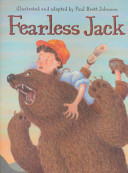
In this Appalachian folktale, Jack wins fame and fortune after killing ten jellow jackets with one whack.
Materials from United States of America

In this Appalachian folktale, Jack wins fame and fortune after killing ten jellow jackets with one whack.
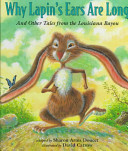
Three tales of Compere Lapin who practices his tricks among the Creoles and the Cajuns of the Louisiana bayou.
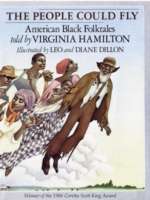
Retold Afro-American folktales of animals, fantasy, the supernatural, and desire for freedom, born of the sorrow of the slaves, but passed on in hope.
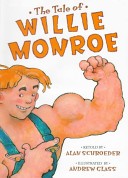
An adaptation, set in the American South, of an old Japanese folktale in which a powerful wrestler who hopes to win the Emperor’s Wrestling Match encounters three exceptionally strong women who train him for success.

Prom fever has infected LA especially Cindys two annoying stepsisters, and her overly Botoxed stepmother. Cindy seems to be the only one immune to it all. But her anti-prom letter in the school newspaper does more to turn Cindy into Queen of the Freaks than close the gap between the popular kids and the rest of the students. Everyone thinks shes committed social suicide, except for her two best friends, the yoga goddess India and John Hughes worshipping Malcolm, and shockingly, the most popular senior at Castle Heights High and Cindys crush, Adam Silver. Suddenly Cindy starts to think that maybe her social life could have a happily ever after. But there’s still the rest of the school to deal with. With a little bit of help from an unexpected source and a fabulous pair of heels, Cindy realizes that she still has a chance at a happily ever after.
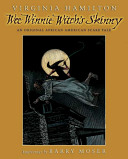
James Lee and Uncle Big Anthony become victims of Wee Winnie Witch, who takes them on a ride up into the sky, but Mama Granny saves them.
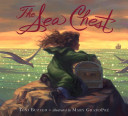
A young girl listens as her great-aunt, a lighthouse keeper’s daughter, tells of her childhood living on a Maine island, and of the infant that washed ashore after a storm.
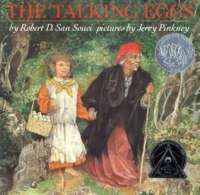
A Southern folktale in which kind Blanche, following the instructions of an old witch, gains riches, while her greedy sister makes fun of the old woman and is duly rewarded.
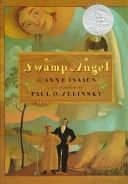
Along with other amazing feats, Angelica Longrider, also known as Swamp Angel, wrestles a huge bear, known as Thundering Tarnation, to save the winter supplies of the settlers in Tennessee.
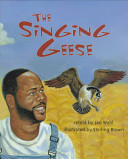
Sam Bombel shoots a goose and brings it home for his wife to cook for dinner, but when it is set on the table, the other geese come to reclaim it.